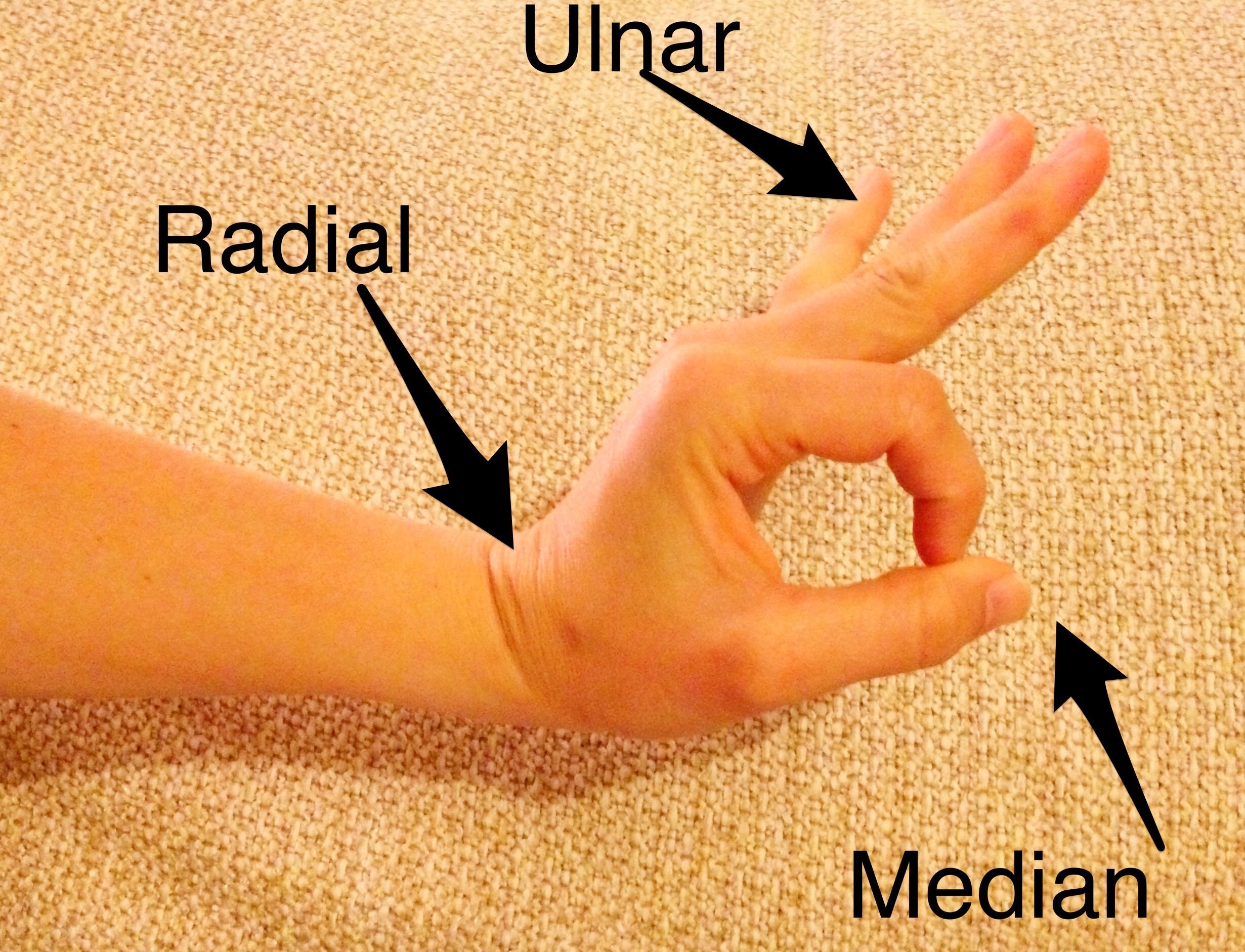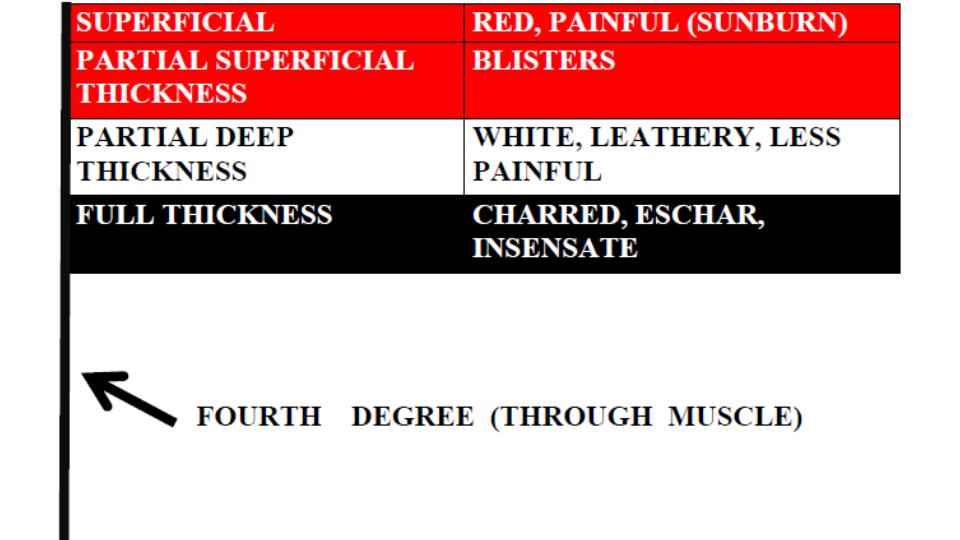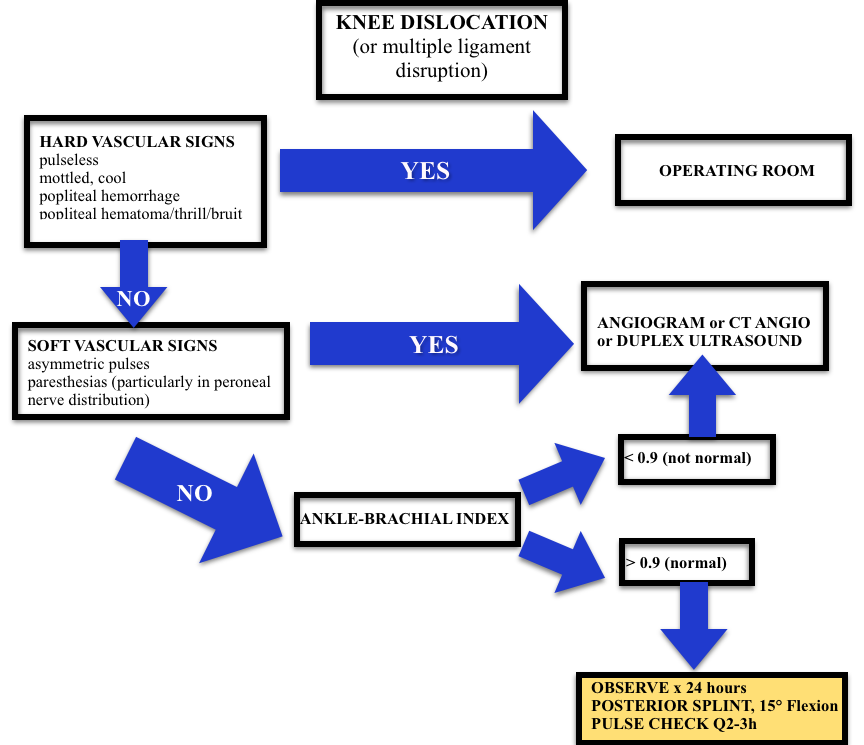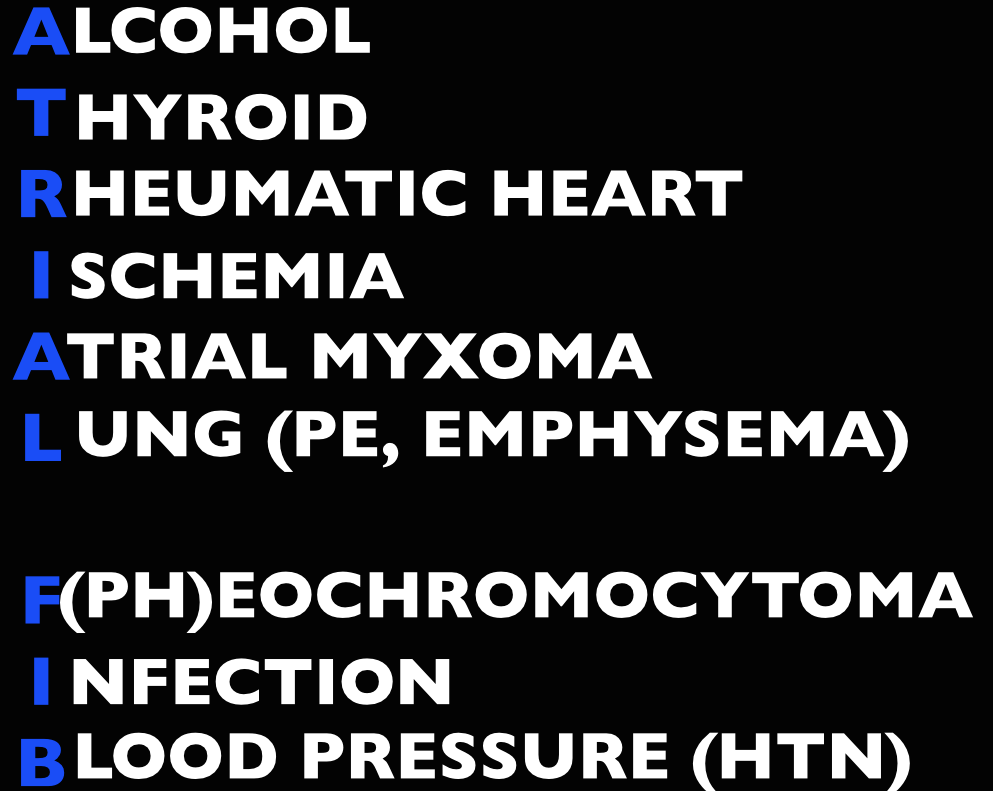We enjoy contributing to the Free Open Access Medical education (FOAM) community. Creating FOAM is not free and requires significant costs in time and money. Yet, we find this investment invaluable and appreciate everyone who listens, as well as those who champion our endeavor (including the supportive people in our life that tolerate “FOAMcast dates” and tiptoe around whilst recording). We would also like to thank everyone who has contributed by means of post-publication peer review (Brett Schupack, Dr. Marc Probst, Dr. Gabriel Cade, Dr. Iain Beardsell, and countless others). Please continue to not only let us know when we get it right, but also when we get it wrong. We appreciate the suggestions, praise, feedback, and corrections.
Given our love of spaced repetition, we review our favorite pearls and mnemonics from the past year.
Favorite Mnemonics:
Causes of atrial fibrillation = ATRIAL FIB
Causes of intestinal obstruction from the episode on Small Bowel Obstruction
- HANG IV: hernia, adhesions, neoplasm, gallstone (ileus), intussception,
Heart failure episode – treatment for right ventricular heart failure.
- Optimize OHCRAP – Oxygenation, Hemodynamics, Contractility, Rate/rhythm, Afterload, and Preload
Headaches – Likelihood of migraine diagnosis (comes from the outpatient literature) = POUND. 4 criteria very indicative of migraine (+LR 24), 3 criteria also likely (+LR 3)
- Pounding headache
- hOurs: headache lasts 4-72 h without medication
- Unilateral headaches
- Nausea
- Disabling: disrupts daily activities
Our most frequently used clinical pearl:
The hand exam, in one movement:

Our favorite visual aid:
Burns – Grading the burn according to the Egyptian flag (because we all knew what that looked like).

Worst visual aid: the Knee volcano (we won’t go there again)
Time is….
Pee/Urethra – Infected obstructing kidney stones require urgent urologic intervention for source control.
Cord – complete cord syndrome that persists longer than 24 hours is highly unlikely to have any motor recovery. These patients need urgent intervention. This is we must differentiate between the complete and incomplete cord syndromes. Complete = “total loss of motor power and sensation distal to the site of the spinal injury.”
Knee/Leg – Beware knee dislocations. Of patients with popliteal disruption, the amputation rate rises to 90% 8 hours after the injury without surgical intervention.

Time is skin?
Hey Jeremy, re burns – surely needed a ‘Time is skin’?? @FOAMpodcast
— Chris Wilder (@ChrisWilder168) April 26, 2015
